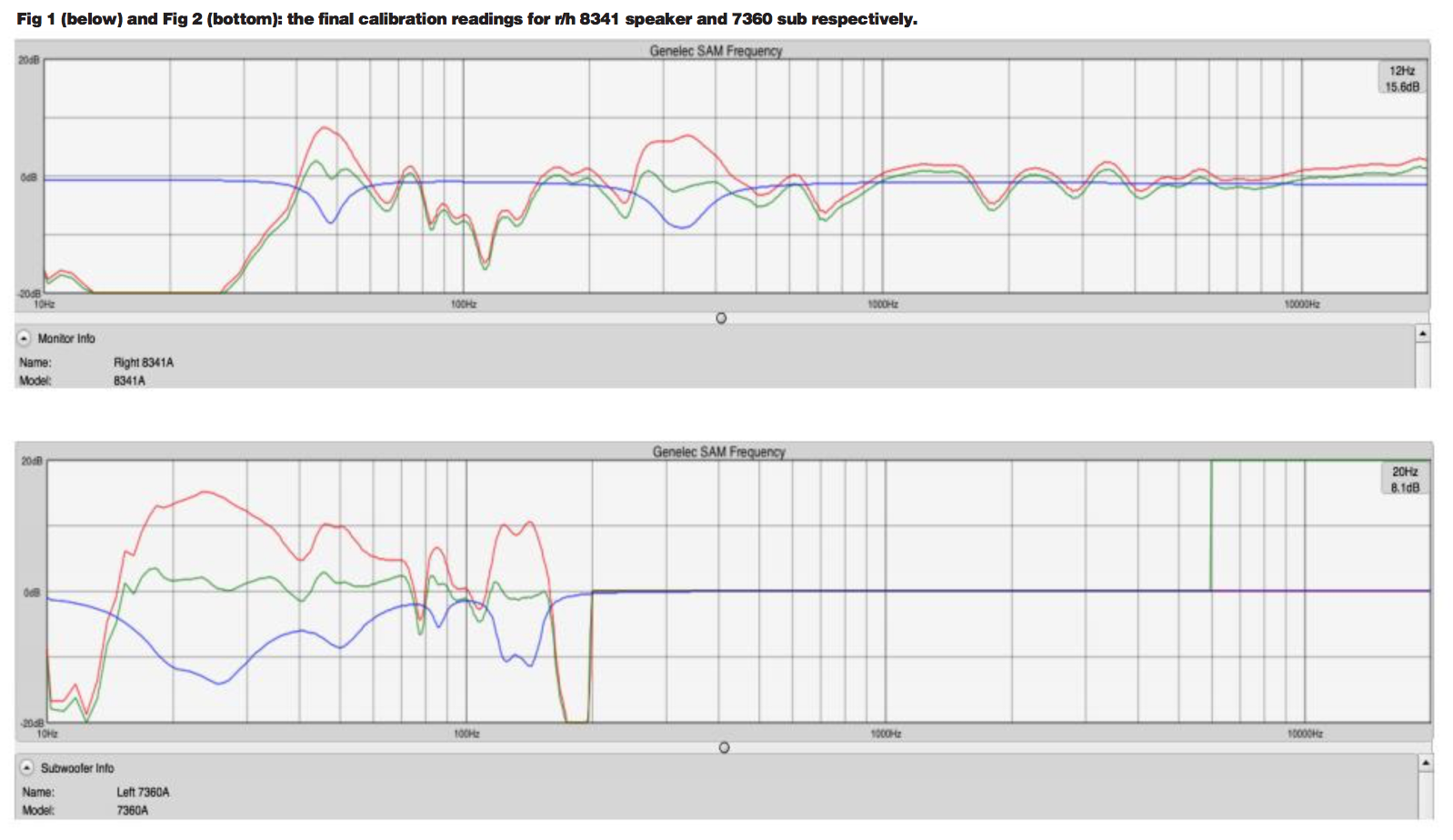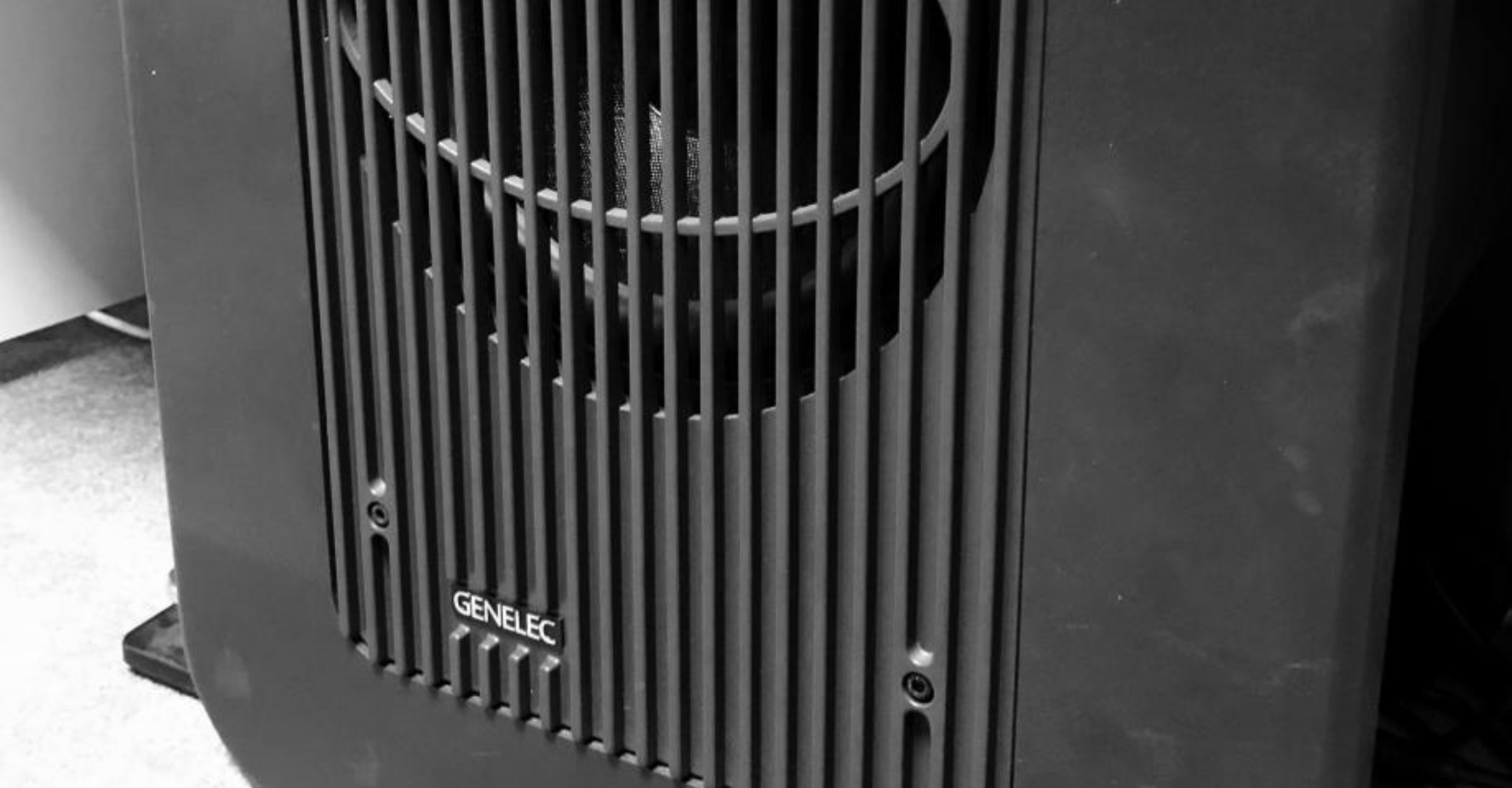In 2017, Team Headliner opened its first mixing space, uniquely located above a 600-year-old inn in rural St. Albans. Since then, much fun has been had, products have been tested, artists have visited (and revisited), and music has been made. A few weeks ago, we upped the ante, and invited our friends at Source Distribution down to educate us in the art of room calibration. In a nutshell: how can we make our space even better?
Mixing music can be quite an art - and although there are no real rules when it comes to what kit you should use, how you should use it, and how it should sound at the end, the key to getting the best out of what you have is so often in the room you’re working in. We had that in mind when we built our first space last year - a small rectangular room, which we treated as well as we could using a series of GIK diffusers, bass traps, and various other acoustic panels.
It made a huge difference to the reflective place we once knew, and when we upgraded our monitoring system to a set of Genelec 8341s, we upped the ante further: much more accuracy, no fatigue at all after long sessions, and a very ‘mix as you go’ environment was suddenly created.
However, although the mixes were getting better and better, there were still a few issues to overcome at the mastering stage, and we couldn’t figure out why. What we hadn’t explored at this stage was room calibration, but the fact we had treated our room to a good standard before venturing into this world we knew would only be a good thing.
When Andy Bensley from Source Distribution arrives at our studio to do some audio tests, he informs us that he will be using Genelec’s AutoCal (Automated Calibration) system, which works with all of the manufacturer’s SAM (Smart Active Monitor) loudspeakers and subwoofers.
To make this happen, he pulls up the GLM (Genelec Loudspeaker Management) software on his laptop. Still with us? Good!
To minimise the tech talk here, as it can be a little bewildering, we ask Bensley to walk us through the process as we go.
“Essentially, you lay the speakers out onto the grid, as you would see them,” he explains. “The software doesn’t know the dimensions of the room, but it gives the software the location of the serial numbers, so it can see the speakers.”
SAM can network up to 30 speakers, so if we were measuring a big Dolby Atmos, or large surround system, it’s also an easy way to access the correct speakers.
“It’s very straightforward in terms of the way it all connects together, and guides you along, but it’s a very powerful tool,” Bensley says. “You put the serial number in to marry it up with the calibration file, so the inverse of the file marries up with the frequency response of the mic - so you have a flat mic. Without a calibration mic, you’re shooting in the dark a little bit.”
Bensley asks if we work mainly with the door shut. We do, so he closes the door, and turns off the fan.
“I’m ideally aiming for 60 degrees – 30 and 30,” he says. “The great thing about this space is there is a direct line of sight between yourself and the speakers.”


